
The westernmost part of Iceland, the Snæfellsnes Peninsula is abundant with breathtaking natural wonders, which in average get less visitors when compared with the numerous attractions along the country's ring road. Nestled on the foot of Snæfellsjökull volcano, the secluded beach of Djúpalónssandur is not an ordinary beach, as alongside its spectacular sea stacks, weirdly shaped formations and pebble towers are the remnants of its tragic past, still dominating much of the landscape.
By far the easiest and fastest way to get to the beach is by car. The nearby parking is accessible by a 3 minute drive along the 2 kilometer long 572 Dritvíkurvegur, and if the parking lot happens to be full, you can always park your car at the road shoulders.

photography by: Omri Westmark
As you disembark from your car, you’ll come across several signs pointing at different directions, and while the beach is merely 200 meters downwards, our suggestion is to start with the lookout, that besides offering a spectacular vista of the shore, also helps orienting yourself in the area.
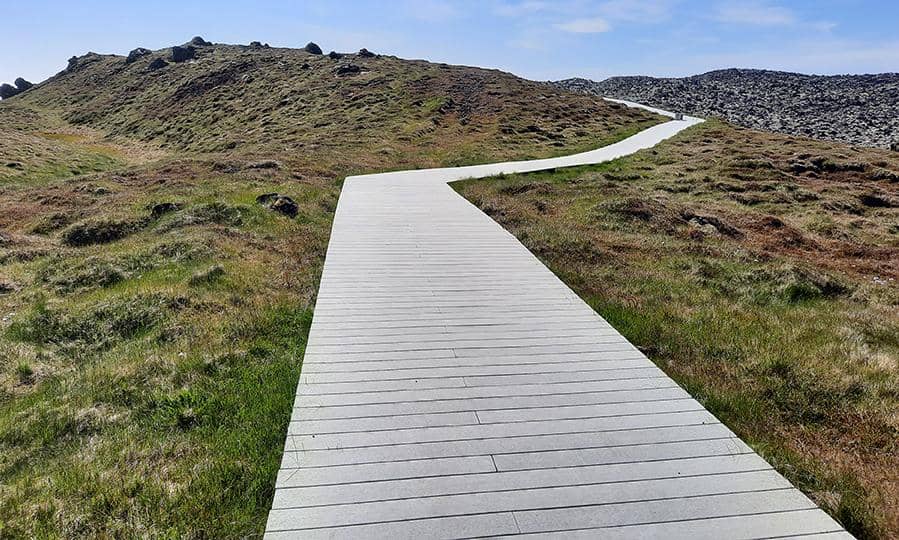
photography by: Omri Westmark
Reachable by a wooden walkway, the scenic point perches on a top of a craggy cliff, and consists of a small platform with a pair of benches, from which one can gaze at the ocean and the surrounding beach.

photography by: Omri Westmark
The black sand beach of Djúpalónssandur alongside the North Atlantic Ocean as they’re seen from the lookout. As of today, the bay is no longer inhabited, however, it wasn’t always the case, in fact, a thriving medium-sized fishing village once occupied significant parts of the shoreline, which during its heyday served as a hub for tens of ships that ventured out to the cod-rich waters around.
Not much left of the once prosperous fishing community, nevertheless visitors on their way to the beach will come across 4 lifting stones, known locally as Aflraunasteinar. The stones were originally part of a strength test, where villagers had to lift them up to the top of a one-meter-tall pedestal in order to be qualified as fishermen. The stones are divided into 4 categories, the 23 kg heavy Amlóði whose weightlifters didn’t pass the test, the 54 kg heavy hálfdrættingur (known as weakling), the 100 kg heavy Hálfsterkur (half strength), and ultimately, Fullsterkur (translated as full strength) that weights a whopping 154 kg.
You can try your luck lifting one of those stones, but bear in mind that rather than being admitted to an exclusive fishing squad, the best you can get in return these days is merely a free exercise.
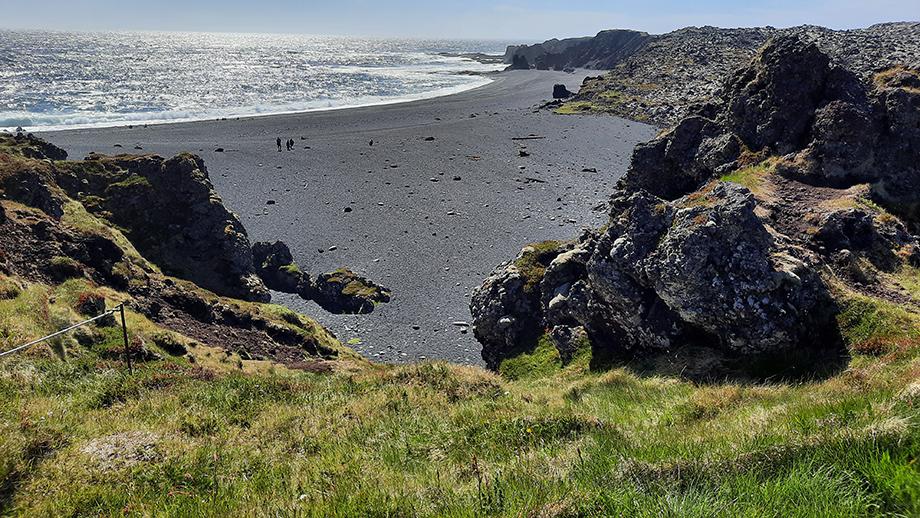
photography by: Omri Westmark
The downhill footpath to the beach, also known as Nautastígur (the bull’s pathway), is peppered with dozens of lava pillars. Those oddly shaped formations are the result of several volcanic eruptions, where trapped water under a lava flow got heated and made its way upwards, creating vertical rock formations as a byproduct.

photography by: Omri Westmark
Standing out among the many lava pillars is a pierced volcanic formation, renowned for its iconic hole at its middle. In recent years, this natural window became a popular backdrop among likes-hungry Instagramers who visit the beach, so don’t be surprise if someone asks you for a picture.
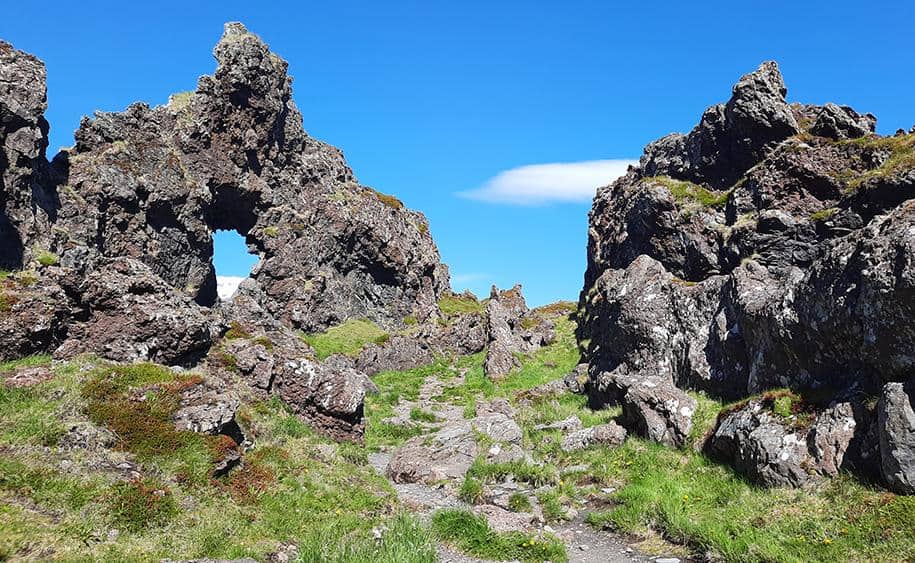
photography by: Omri Westmark
Tucked away behind the lave fields, Djúpulón is a pair of freshwater mini-lakes, directly translated as the deep lagoons, referring to their supposedly abyssal depth. Whilst the bottom eventually turned out to be a measly 5 meters from the surface, the false fable is still a part of the local legacy, as both the lagoons and the beach, which is named after the former, hitherto carry this mythical moniker.
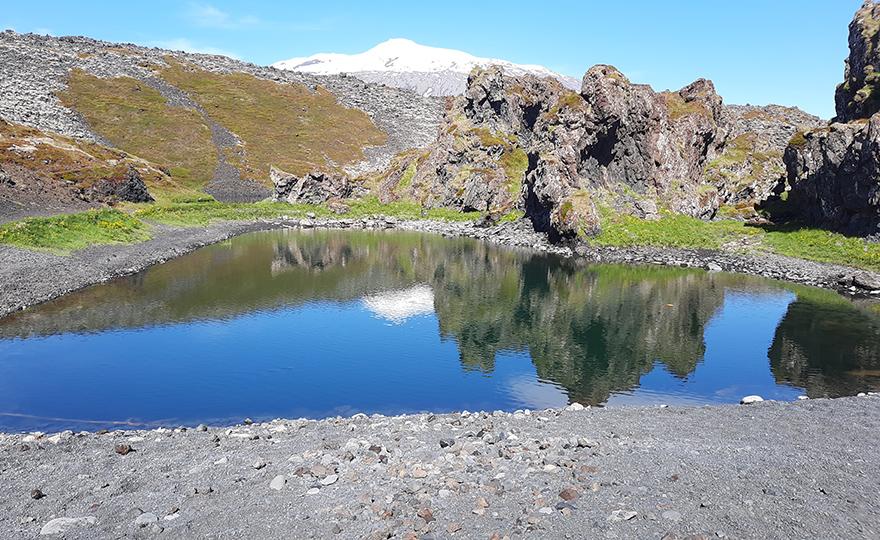
photography by: Omri Westmark
As you proceed towards the beach, you’ll notice numerous pieces of rusty metal strewn across a large area. Those corroded scraps aren’t a part of any junkyard, but the remnants of a tragedy that took place decades ago and are now protected by law as a historic exhibit.
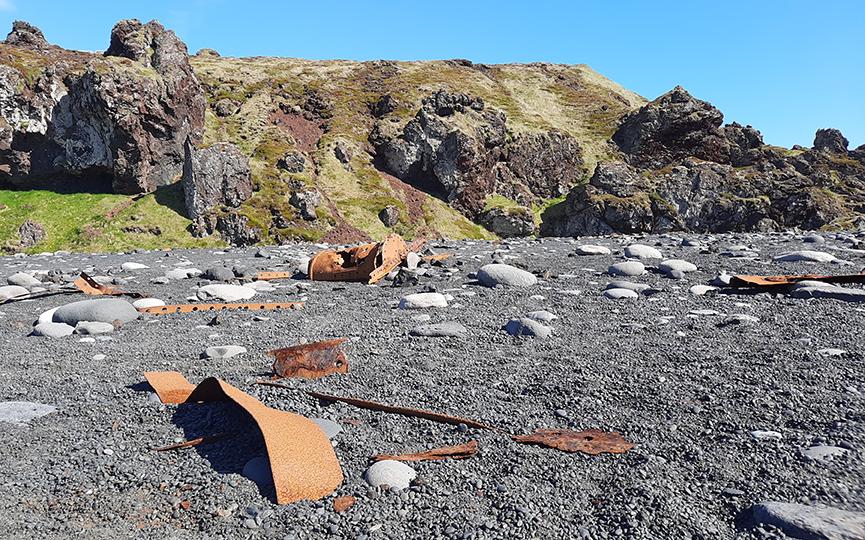
photography by: Omri Westmark
On the night of 13th March 1948, a British trawler named Epine GY-7 was routinely sailing throughout Iceland’s west coast, when it unexpectedly caught into a heavy storm around Djúpalónssandur.
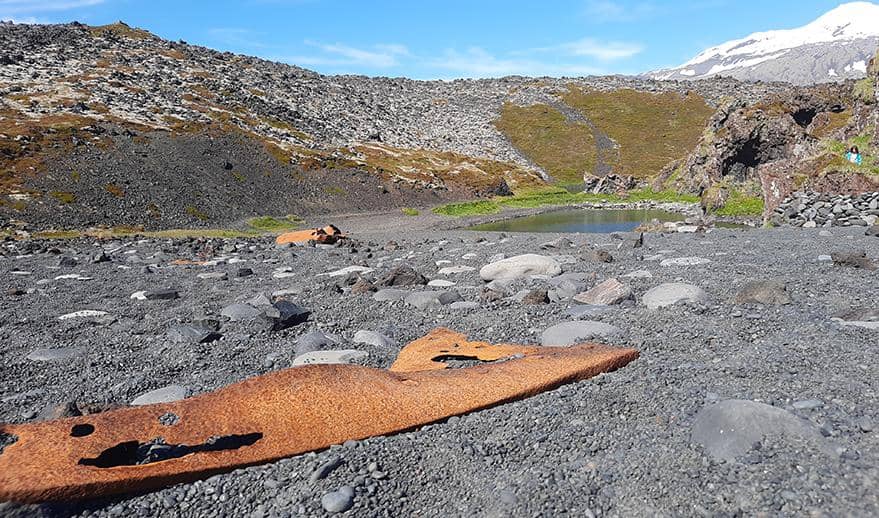
photography by: Omri Westmark
The small fishing vessel was no match for the bay’s choppy waters, and so, it crashed into the rocks, breaking apart into many pieces.
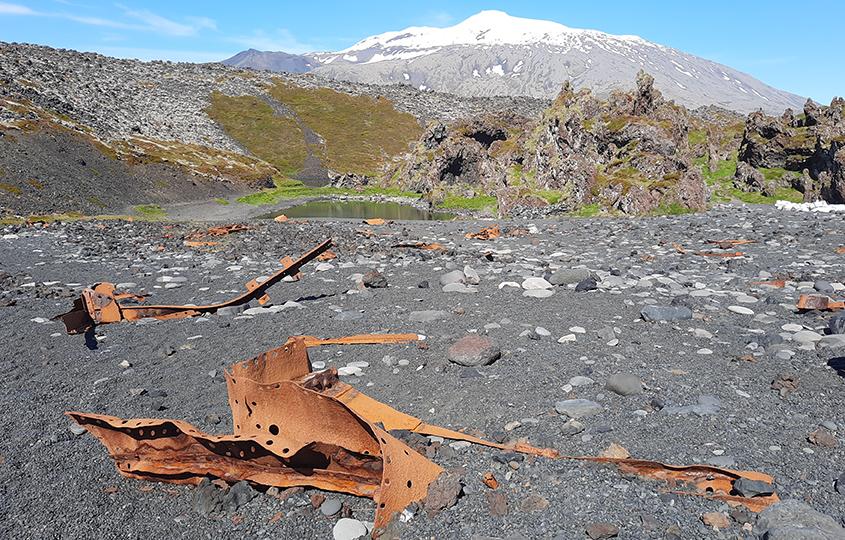
photography by: Omri Westmark
Out of the ship’s 19 crew members, only five survived, with one being washed away to the beach while the other four were rescued by a breeches buoy after a local emergency force from the surrounding villages managed to attach a line to a part of the trawler the sailors were clinging to. Some of the men onboard are still missing as their bodies were never found.

photography by: Omri Westmark
As you’ve probably understood by now, the waters of Djúpalónssandur are notoriously known for their extremely rough conditions, and as such, the Epine GY-7’s accident is far from being the only time when a vessel was caught in a blizzard. Another famous case was when the trawler Asa RE-18 encountered a heavy storm on December 21st 1925, yet luckily, the staff was unscathed after being rescued by a German trawler and a Norwegian freighter.
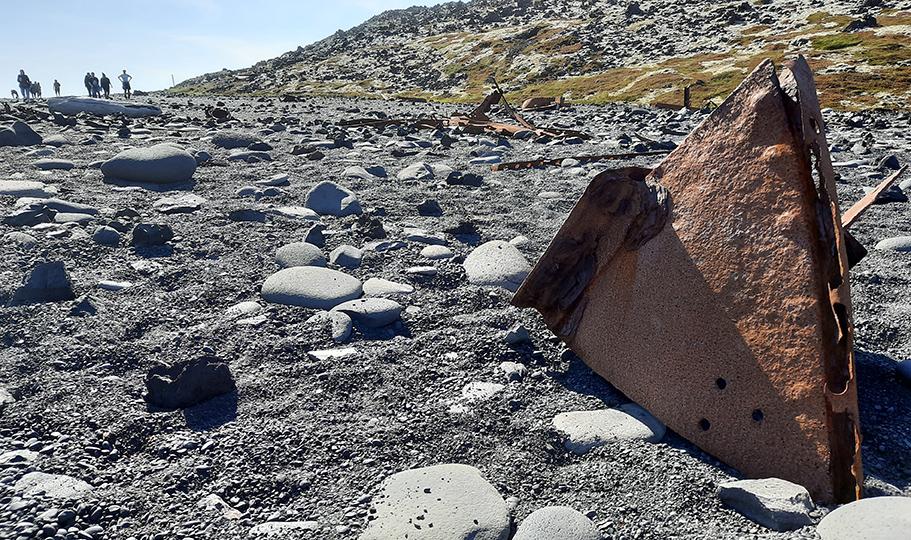
photography by: Omri Westmark
Over the years, the orange hued wreckage became an integral part of the landscape, serving as a testament to the sheer force of nature that is also a must-visit site for dark tourism enthusiasts.

photography by: Omri Westmark
After traversing both the lava field and the trawler wreckage you’ll finally reach Djúpalónssandur Beach. Perhaps the most striking thing about this beach aside from its insanely strong waves are the formidable rock formations along the coast. Nestled in front of the ocean, Söngklettur or the singing rock, is a gargantuan crag that as its name suggests, interacts with the wind to form a naturally made music, orchestrated by God as some would say. Legend has it that the terracotta-colored rock accommodates an elves’ church, and as such deemed as sacred by the locals who in turn ask visitors not to climb on the boulder.
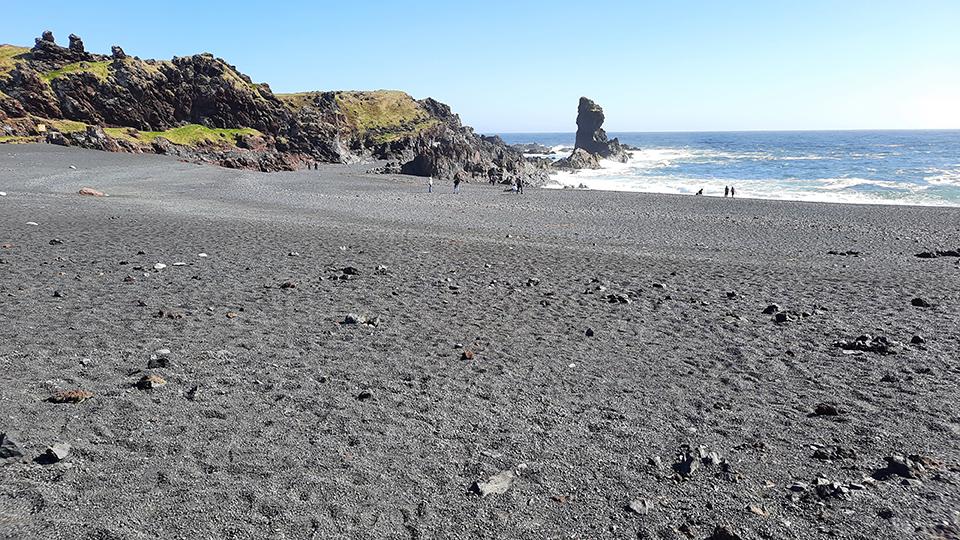
photography by: Omri Westmark
The other dominant feature of Djúpalónssandur is a single sea stack, towering above the violent seas. The rock formation, known as Kerling (a troll woman), is said to be a female troll carrying a bunch of fish. Since trolls are transformed into a rock upon contact with sunlight, the unfortunate troll woman didn’t make it on time to her home cave before sunrise, and subsequently became the monumental sea stack that she is today.

photography by: Omri Westmark
Djúpalónssandur is vastly covered by round black pebbles which became synonymous with the beach itself. Due to their protected status, the only thing you are allowed to do with those smooth stones is to stack them on each other to create your own pebble skyscraper.

photography by: Omri Westmark
Suffice to mention that the choppy waters of Djúpalónssandur are not swimmable, and yet, from time to time overly intrepid tourists who challenge their fate are involved in fatal drownings. The rough seas as well as the sharp rocks found all over make this bay so dangerous in fact, that getting into the water is like venturing out to the moon without a spacesuit.
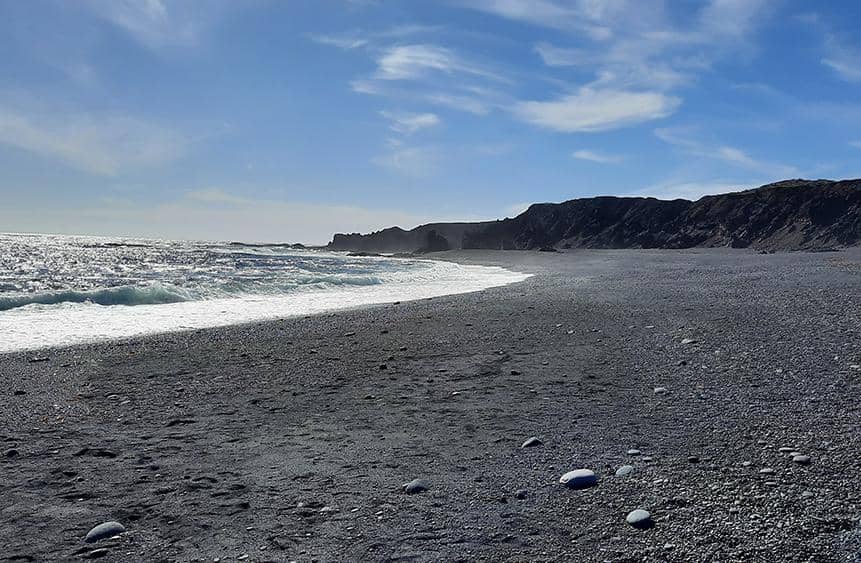
photography by: Omri Westmark